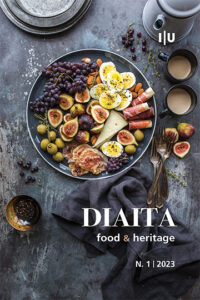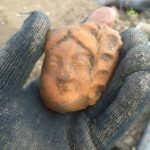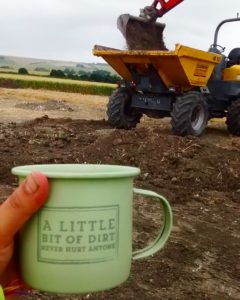
New Publication: Sung, Drawn and Quartered: The Roman Ideogram of Bread (Part 1).
After several years of research, the first half of a two-part paper on the symbolic value of Roman bread has been released.
Abstract: When dup licated, the single icon of a monument, deity, or object, could recall entire narratives of divine intervention, great ancestral feats, and desirable ‘Roman’ attributes. The common, round, and quartered loaf of wheat-bread was produced and eaten by all echelons of Roman society. Despite the fundamentality of this segmented loaf to the daily life, industry, and economy of Rome, its imbuement with ideogrammic qualities of social balance and stability, have yet to be explored. Through select case studies of literary and archaeological evidence this paper will explore the allegorical nature of bread beyond dietetics in two parts: In Part 1 I provide case studies of bread use in different literary genres of ancient Poetry, Historiography, Satire, Biography and Prose, discussing the thematic tropes in which bread appears in Roman narratives. In Part 2 I investigate how these metaphoric characteristics and themes translated visually in the mosaics, frescos, graffiti, and monuments of public and private spaces. I conclude that the panis quadratus was more than an economic and accessible product, and became an ideogram of the social cohesion fundamental to Rome’s Empire; specifically, the circular connections between the natural, mortal and immortal worlds.
licated, the single icon of a monument, deity, or object, could recall entire narratives of divine intervention, great ancestral feats, and desirable ‘Roman’ attributes. The common, round, and quartered loaf of wheat-bread was produced and eaten by all echelons of Roman society. Despite the fundamentality of this segmented loaf to the daily life, industry, and economy of Rome, its imbuement with ideogrammic qualities of social balance and stability, have yet to be explored. Through select case studies of literary and archaeological evidence this paper will explore the allegorical nature of bread beyond dietetics in two parts: In Part 1 I provide case studies of bread use in different literary genres of ancient Poetry, Historiography, Satire, Biography and Prose, discussing the thematic tropes in which bread appears in Roman narratives. In Part 2 I investigate how these metaphoric characteristics and themes translated visually in the mosaics, frescos, graffiti, and monuments of public and private spaces. I conclude that the panis quadratus was more than an economic and accessible product, and became an ideogram of the social cohesion fundamental to Rome’s Empire; specifically, the circular connections between the natural, mortal and immortal worlds.
You can read it here: Waring, B. (2024) Sung, Drawn and Quartered: The Roman Ideogram of Bread (Part 1). Diaita: Food&Heritage 1, 1-23.

